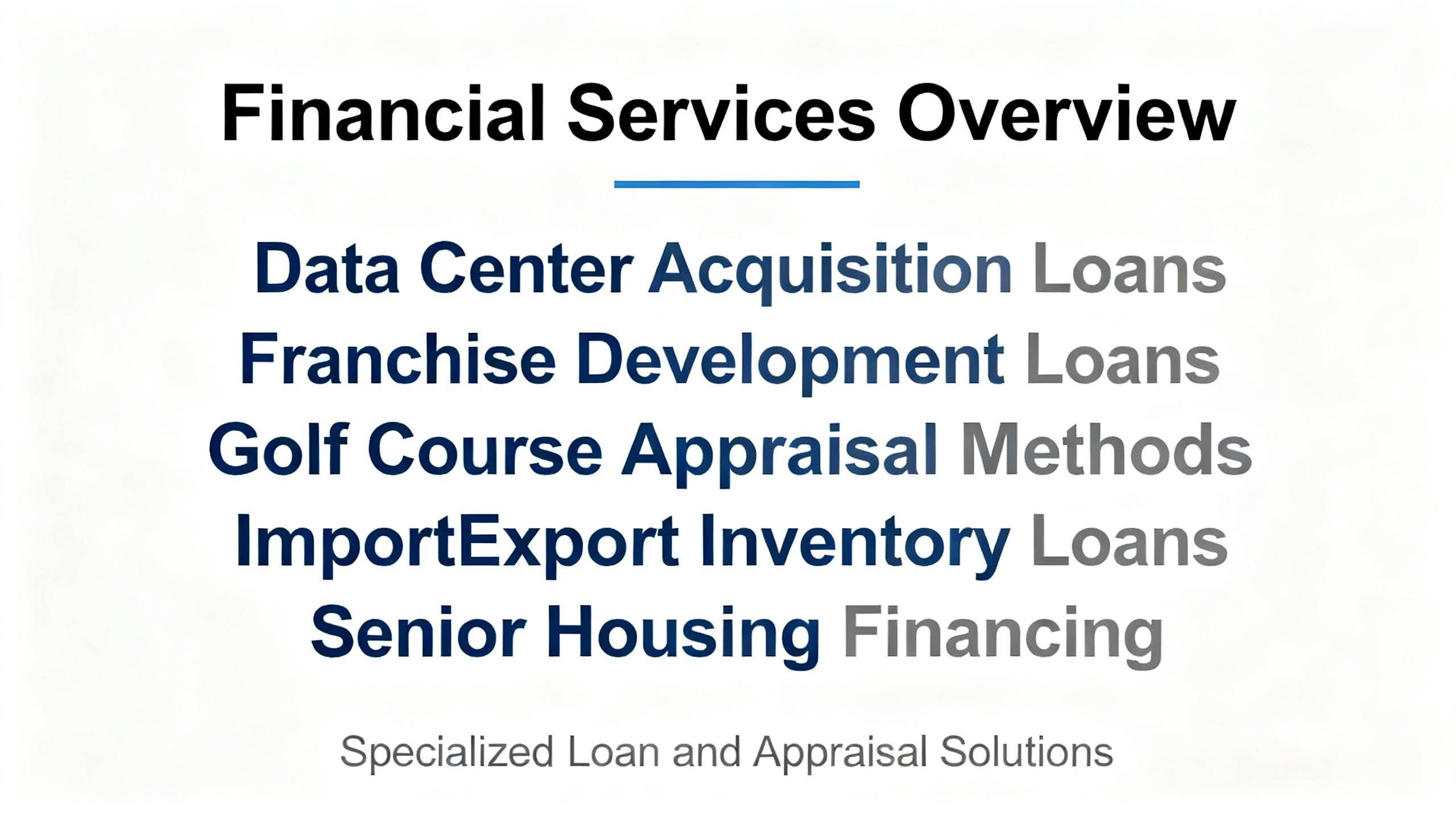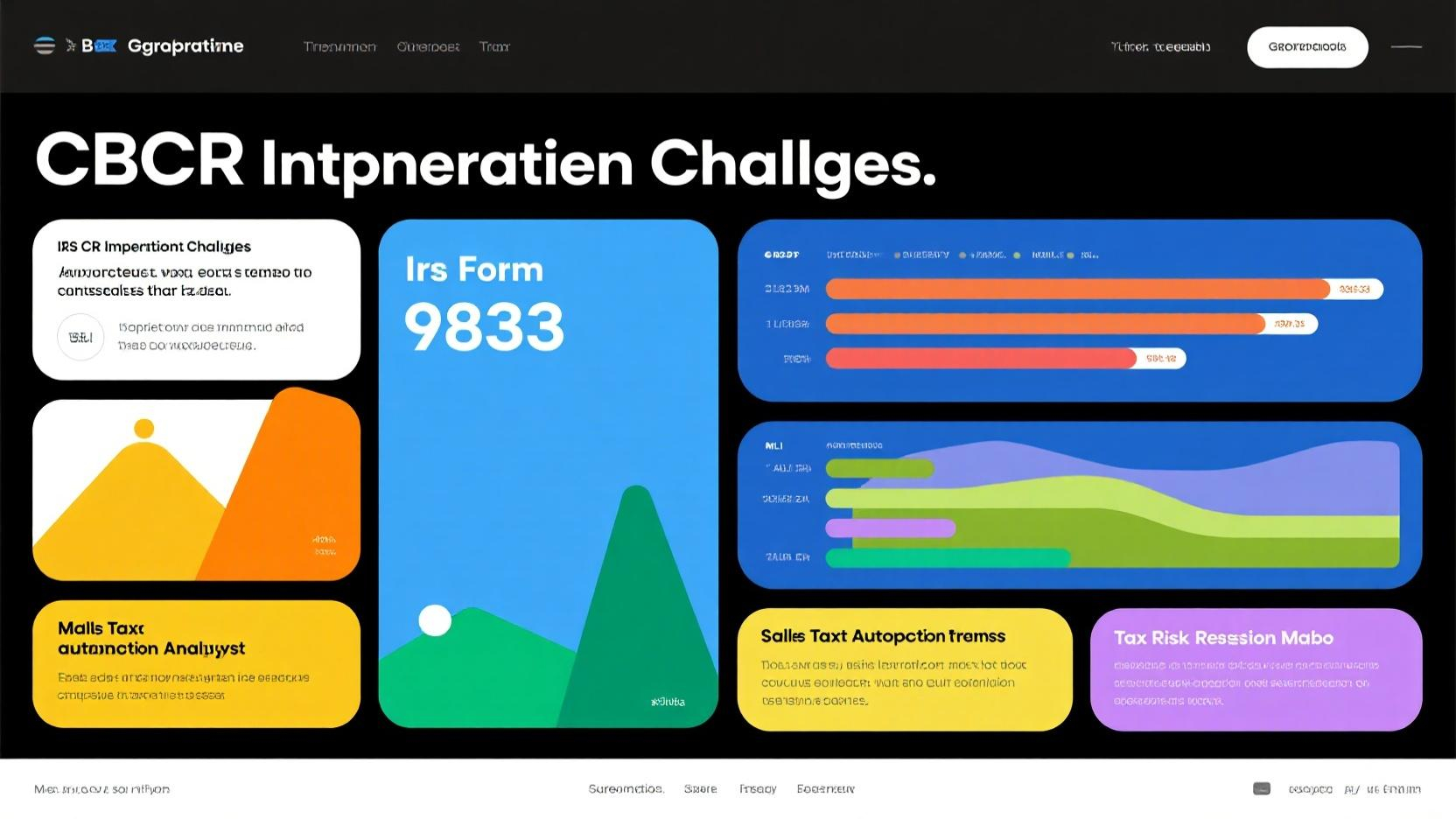Image Source: unsplash
Managing corporate taxes during digital transformation presents unique challenges, particularly when considering Innovative Approaches to Corporate Tax Management in the Digital Era. You must address resistance to change, ensure effective communication, and provide training to help your team adapt. Innovation offers solutions like automation and advanced analytics, enabling real-time compliance and cost savings. By embracing these tools, you unlock opportunities for efficiency and sustainable growth.
Key Takeaways
- Use automation and AI to make tax work easier. These tools cut mistakes and save time, helping your team do important tasks.
- Train your workers to use new tax tools well. Learning new skills makes them better and ready for future problems.
- Talk openly when changing how taxes are managed. Clear talks build trust and help workers see why new tools are helpful.
Key Drivers of Change in Corporate Tax Management
Impact of Technological Advancements
Technology has revolutionized corporate tax management, offering tools that enhance efficiency and accuracy. You can now leverage cutting-edge solutions to streamline processes and reduce errors. For example, generative artificial intelligence (AI) automates routine tasks and provides real-time insights into tax regulations. Robotic Process Automation (RPA) handles repetitive tasks, minimizing human error and improving compliance reporting.
| Technology | Description |
|---|---|
| Generative Artificial Intelligence | Automates routine tasks, analyzes large datasets, and provides real-time insights into tax regulations. |
| Robotic Process Automation (RPA) | Automates repetitive tasks, reduces human error, and increases efficiency in data handling and compliance reporting. |
| Advanced Data Analytics Platforms | Manages and analyzes large volumes of tax-related data, aiding in scenario planning and informed decision-making. |
| Cloud Technology | Offers flexibility and scalability, facilitating collaboration and ensuring data security across jurisdictions. |
| Workflow Management Tools | Organizes work processes, tracks compliance deadlines, and improves operational efficiency within tax departments. |
By adopting these technologies, you can transform your tax department into a data-driven powerhouse. This shift not only reduces compliance costs but also frees up resources for strategic initiatives.
Efficiency and Accuracy Demands
The demand for greater efficiency and accuracy in tax management has never been higher. Automation, APIs, and AI streamline workflows, enabling you to focus on high-value tasks. These tools reduce manual intervention, which minimizes errors and enhances overall efficiency.
- Automating repetitive tasks saves time and resources.
- APIs and AI improve the reliability of tax models.
- Streamlined workflows allow tax professionals to act as trusted advisors.
Investing in these technologies ensures your business remains competitive while meeting regulatory requirements.
Globalization and Organizational Restructuring
Globalization has added complexity to corporate tax management. You must navigate international tax laws and develop strategies to minimize liabilities. Without proper planning, your company risks higher tax burdens and reduced competitiveness.
- Global tax minimization strategies lower worldwide tax rates.
- Transfer pricing policies maximize profits in low-tax jurisdictions.
- Engaging local tax advisors ensures compliance with country-specific regulations.
Organizational restructuring also plays a critical role. Changes in business size or scope often require new structures for optimal tax efficiency. Restructuring can lead to significant tax savings, improved workflows, and better risk management.
"Proactive change management requires more work in advance, however, and—depending on the nature of the changes—involves more moving parts."
By embracing innovative approaches to corporate tax management in the digital era, you can adapt to these challenges and position your organization for long-term success.
Innovative Approaches to Corporate Tax Management in the Digital Era

Image Source: pexels
Leveraging AI and Advanced Tax Technologies
AI is transforming corporate tax management by simplifying complex processes and enhancing compliance. You can use AI algorithms to navigate intricate tax codes and regulations, ensuring your business stays compliant. Tools powered by AI proactively identify risks and anomalies in financial data, helping you address issues before they escalate. Generative AI technologies, like those adopted by external tax firms, streamline workflows and reduce manual effort. For example, KPMG integrates AI to rethink tax strategies, ensuring accuracy and efficiency.
Recent advancements, such as Ernst & Young’s EY.ai, demonstrate how AI can revolutionize payroll and tax management. Similarly, AccountsGPT automates calculations and provides real-time insights, ensuring compliance and accuracy. A survey revealed that 78% of tax professionals believe generative AI can significantly enhance tax work, showcasing its growing importance in the field.
Utilizing Data Analytics for Tax Optimization
Data analytics offers powerful tools for optimizing your corporate tax strategies. By analyzing large datasets, you can uncover trends, identify inefficiencies, and make informed decisions. For example, predictive analytics helps you forecast future tax obligations, allowing you to prepare for upcoming challenges.
| Benefit | Description |
|---|---|
| Enhanced Decision-Making | Provides data-driven insights for strategic resource allocation. |
| Improved Efficiency | Identifies bottlenecks, streamlining processes and boosting productivity. |
| Predictive Capabilities | Forecasts trends, helping you prepare for future tax challenges. |
Measuring success is equally important. Key performance indicators, such as accuracy rates and tax savings achieved, help you evaluate the effectiveness of your strategies. By leveraging data analytics, you can transform your tax department into a proactive, value-driven function.
Automating Tax Processes for Real-Time Compliance
Automation is essential for meeting the demands of real-time tax compliance. Start by identifying relevant regulations and assessing your current processes. Define clear objectives and select tools that align with your goals. For example, advanced tax technologies validate invoice data in real time, ensuring compliance with regulatory requirements.
Steps to automate tax processes include:
- Identify regulations and assess current compliance gaps.
- Define objectives and select appropriate tools.
- Map existing processes to identify automation opportunities.
- Automate manual tasks to improve efficiency.
- Enhance data quality for accurate compliance reporting.
Collaboration between your Tax, IT, and Finance teams is crucial for success. By automating processes, you can reduce errors, save time, and ensure immediate adherence to regulations. This approach positions your business to thrive in the digital era.
Strategies for Successful Change Management
Leadership Vision and Strategic Alignment
Strong leadership vision drives successful change in tax management. You need a clear and compelling vision to guide your team through the transition. Leaders must assess current strengths and weaknesses to identify areas for improvement. Proper resource allocation ensures your team has the tools and support needed to succeed.
- A strong vision, backed by leadership, inspires confidence.
- Transparent communication addresses concerns and motivates staff.
- Resource allocation supports the change process effectively.
Strategic alignment between leadership and teams enhances transformation efforts. By integrating tax functions with business objectives, you create a unified approach. Collaboration between tax and finance teams improves data management and reduces risks. This alignment fosters financial stability and ensures your organization remains competitive.
Transparent Communication with Teams
Open communication is essential during tax management changes. Transparency builds trust and encourages your team to embrace new processes. Establishing open communication channels allows you to address concerns and provide clarity.
| Best Practice | Description |
|---|---|
| Establish open communication | Essential for addressing concerns and motivating staff to embrace changes in tax management. |
| Honor employees’ intellect | Transparency prevents condescension and fosters mutual respect. |
| Deliver candid updates | Honest communication, even with disappointing news, strengthens trust. |
Transparent communication ensures your team understands the long-term benefits of change. It also helps them feel valued and included in the process.
Upskilling Employees for Digital Tools
Upskilling your team is critical for leveraging new tax management technologies. Start by assessing your department’s capabilities to identify skill gaps. Implement structured training programs to enhance their ability to use digital tools effectively.
- Provide in-person training for better engagement and focus.
- Organize vendor-led conferences for immersive learning experiences.
- Develop certification systems to recognize employee achievements.
Training empowers your team to create efficient workflows and meet deadlines with ease. It also enables them to provide strategic insights to leadership, adding value to your organization. By investing in upskilling, you ensure your team can adapt to the demands of the digital era.
Overcoming Resistance to Change
Addressing Employee Concerns and Misconceptions
Resistance often stems from employee concerns about how new tax management technologies will impact their roles. You may encounter fears such as:
- Job loss due to automation replacing manual tasks.
- Skills becoming outdated as technology evolves.
- Uncertainty about how new tools will affect daily responsibilities.
To address these concerns, focus on clear and consistent communication. Explain why adopting new technology is necessary and how it benefits both the organization and employees. Demonstrate the practical advantages by showcasing how these tools streamline processes and reduce workload. Be transparent about potential disruptions while emphasizing that technology supports, rather than replaces, human expertise. This approach helps dispel misconceptions and fosters a positive outlook on change.
Building Trust Through Collaboration
Trust is the foundation of successful change. You can build trust by following these strategies:
- Practice accountability by setting clear expectations and owning mistakes.
- Deliver on promises to show reliability.
- Invest in relationships by understanding your team members personally.
- Encourage open communication to create a safe space for feedback.
- Lead with integrity by aligning actions with values.
- Empower your team by delegating responsibilities and involving them in decision-making.
Collaboration across departments also plays a key role. For example, working closely with IT ensures smooth integration of new technologies into existing systems. This teamwork not only builds trust but also accelerates the adoption of innovative practices.
Clarifying Long-Term Goals and Benefits
Change becomes easier when employees understand the bigger picture. Share your long-term goals and explain how new tax management technologies align with them. Highlight benefits such as improved efficiency, reduced errors, and enhanced compliance. Use measurable outcomes, like time saved or cost reductions, to illustrate the value of these changes.
When employees see how their efforts contribute to organizational success, they feel more motivated and engaged. By clarifying the vision and connecting it to individual roles, you can inspire your team to embrace innovation with confidence.
Embracing innovation in corporate tax management is essential for staying competitive in today’s digital landscape. Leveraging technology offers measurable benefits:
| Metric | Under-Resourced Departments | Well-Resourced Departments |
|---|---|---|
| Percentage experiencing audits | 72% | 54% |
| Average penalties incurred | $50,000 | $20,000 |
Automation reduces errors, streamlines compliance, and allows you to focus on strategic tasks. Foster adaptability by understanding business needs, encouraging collaboration, and using tools like Confluence for task management. Take proactive steps to modernize your tax strategies and position your organization for long-term success.
FAQ
What are the key benefits of automating tax processes?
Automation improves accuracy, reduces manual errors, and ensures real-time compliance. It also saves time, allowing you to focus on strategic tasks.
How can data analytics optimize corporate tax strategies?
Data analytics identifies inefficiencies, forecasts tax obligations, and provides actionable insights. This helps you make informed decisions and improve overall tax efficiency.
Why is upskilling employees important for tax management?
Upskilling equips your team with the skills to use digital tools effectively. This enhances productivity, ensures compliance, and prepares your organization for future challenges.












